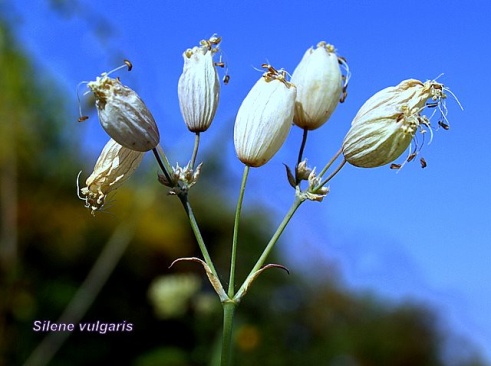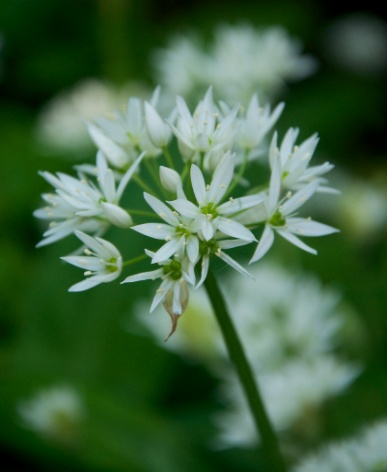In angiosperms, flowers can occur either singly or in groups. When a single flower is present, it is called a solitary flower. When flowers occur in groups, it is called an inflorescence. The axis of an inflorescence is known as peduncle and the stalk of the flower is called pedicel.
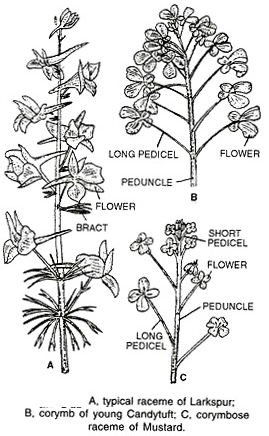
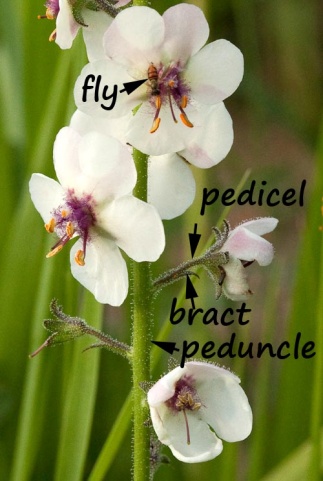
There are two types of inflorescence.
1. Racemose Inflorescence (Indefinite inflorescence)
- The peduncle is elongated and grows indefinitely.
- Flowers are arranged in Acropetal succession.
- In Acropetal succession the younger flowers are seen at the tip of the inflorescence and the older ones are found at the base.
- Sometimes, the flowers are arranged in centripetal manner. The younger flowers are arranged in the centre, and the older flowers are seen towards the periphery.
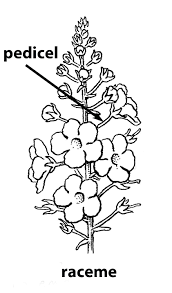
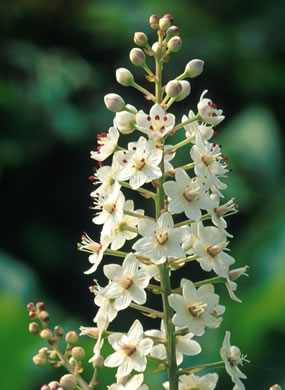
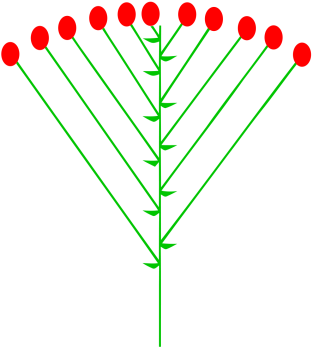
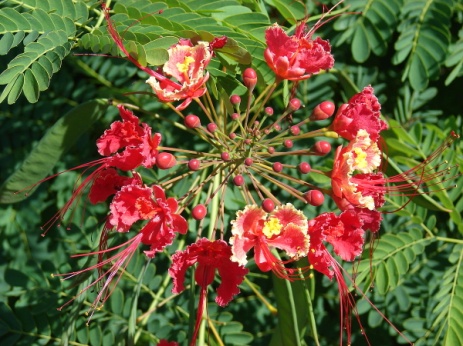
Acropetal succession Centripetal Manner
2. Cymose Inflorescence (Definite inflorescence)
- In this inflorescence, the peduncle ends in a flower.
- The further growth of the inflorescence occurs as growth of the branches.
- Each branch also terminates in a flower.
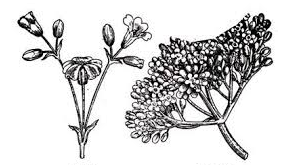
- Hence older flowers are seen at the top and the younger flowers are arranged laterally towards the base.
- It is known as Basipetal succession. Sometimes, the flowers are arranged in centripetal manner.
